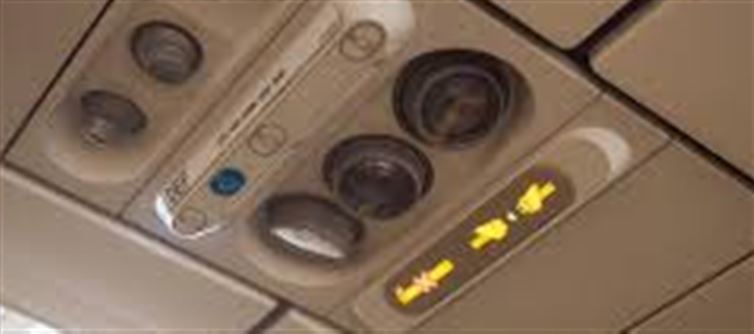
That chilly breeze from the overhead vent on airplanes often feels uncomfortable, making many passengers tempted to switch it off. But according to health experts, those air vents — known as gasper vents — do more than just keep you cool. Here’s why you should keep them on during your flight.
1. Keeps Germs Away
Airplanes are confined spaces where bacteria and viruses can spread easily. The overhead vent creates a steady airflow barrier, which helps push away airborne germs before they reach you.
2. Part of the HEPA Filtration System
Modern aircraft use HEPA (High-Efficiency Particulate Air) filters, which remove up to 99.97% of airborne particles. When you leave your vent open, you’re essentially directing this filtered, cleaner air around you.
3. Reduces Risk of Respiratory Infections
By keeping a personal airflow stream, you lower your exposure to respiratory droplets — one of the main ways illnesses like colds, flu, and even COVID-19 spread.
4. Prevents Motion Sickness
Fresh airflow directed at your face can reduce feelings of dizziness, nausea, or motion sickness, which often occur during turbulence or long flights.
5. Regulates Body Temperature
Cabin temperatures can fluctuate, sometimes feeling warmer than expected. The vent allows you to control your personal comfort, preventing overheating in a crowded cabin.
6. Helps Reduce Jet Lag Symptoms
Exposure to constant, cooler airflow can help regulate your body’s internal clock and reduce fatigue. While it won’t erase jet lag completely, it can ease discomfort during long-haul flights.
7. A Simple Safety Step
Turning off the vent might feel cozy, but you could be cutting off your supply of cleaner, filtered air. Experts recommend keeping it on medium flow and pointing it slightly in front of you, not directly at your face, for the best balance of comfort and protection.
✅ Final Takeaway
That little overhead vent isn’t just for comfort — it’s part of your personal protection system in the skies. From reducing germ exposure to easing motion sickness and regulating temperature, it’s wise to keep it on during your flight. Next time you fly, resist the urge to switch it off — your health may thank you.
Disclaimer:
The views and opinions expressed in this article are those of the author and do not necessarily reflect the official policy or position of any agency, organization, employer, or company. All information provided is for general informational purposes only. While every effort has been made to ensure accuracy, we make no representations or warranties of any kind, express or implied, about the completeness, reliability, or suitability of the information contained herein. Readers are advised to verify facts and seek professional advice where necessary. Any reliance placed on such information is strictly at the reader’s own risk.
.jpg)




 click and follow Indiaherald WhatsApp channel
click and follow Indiaherald WhatsApp channel